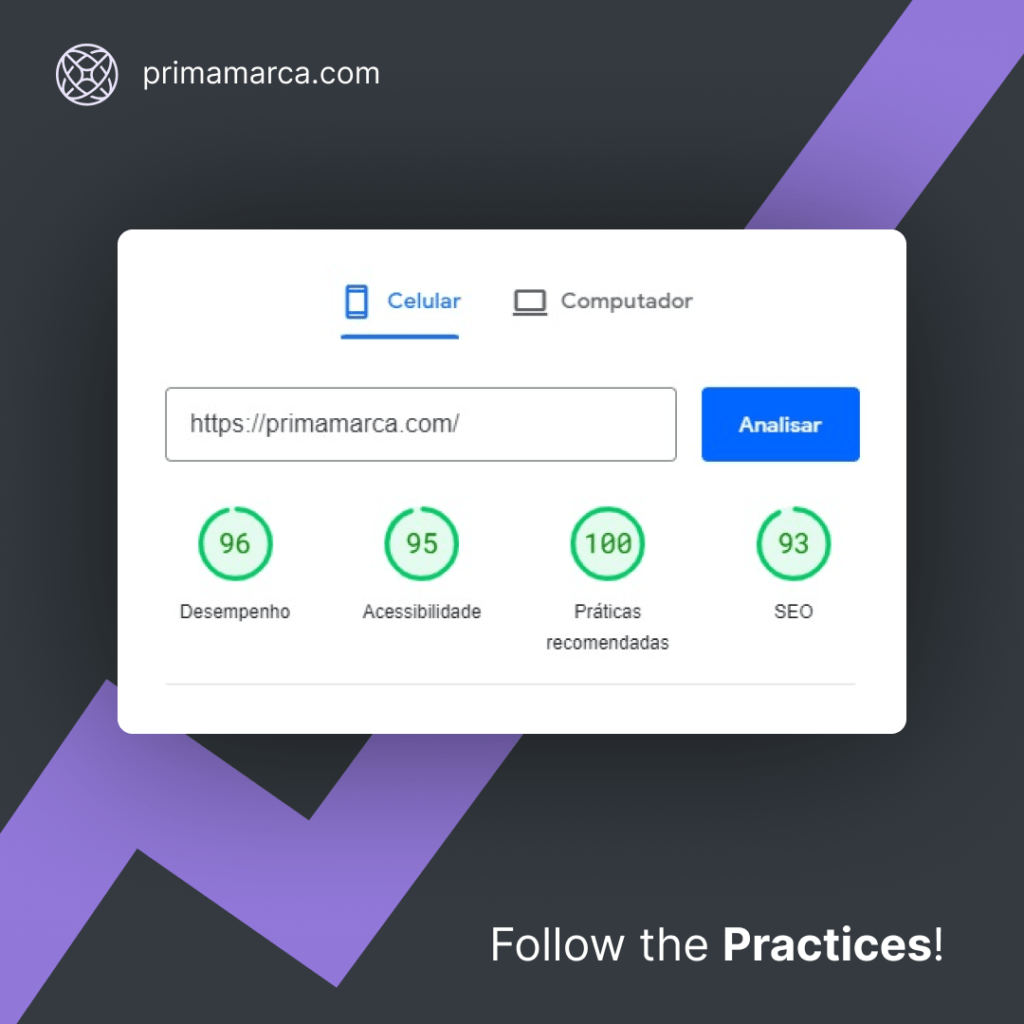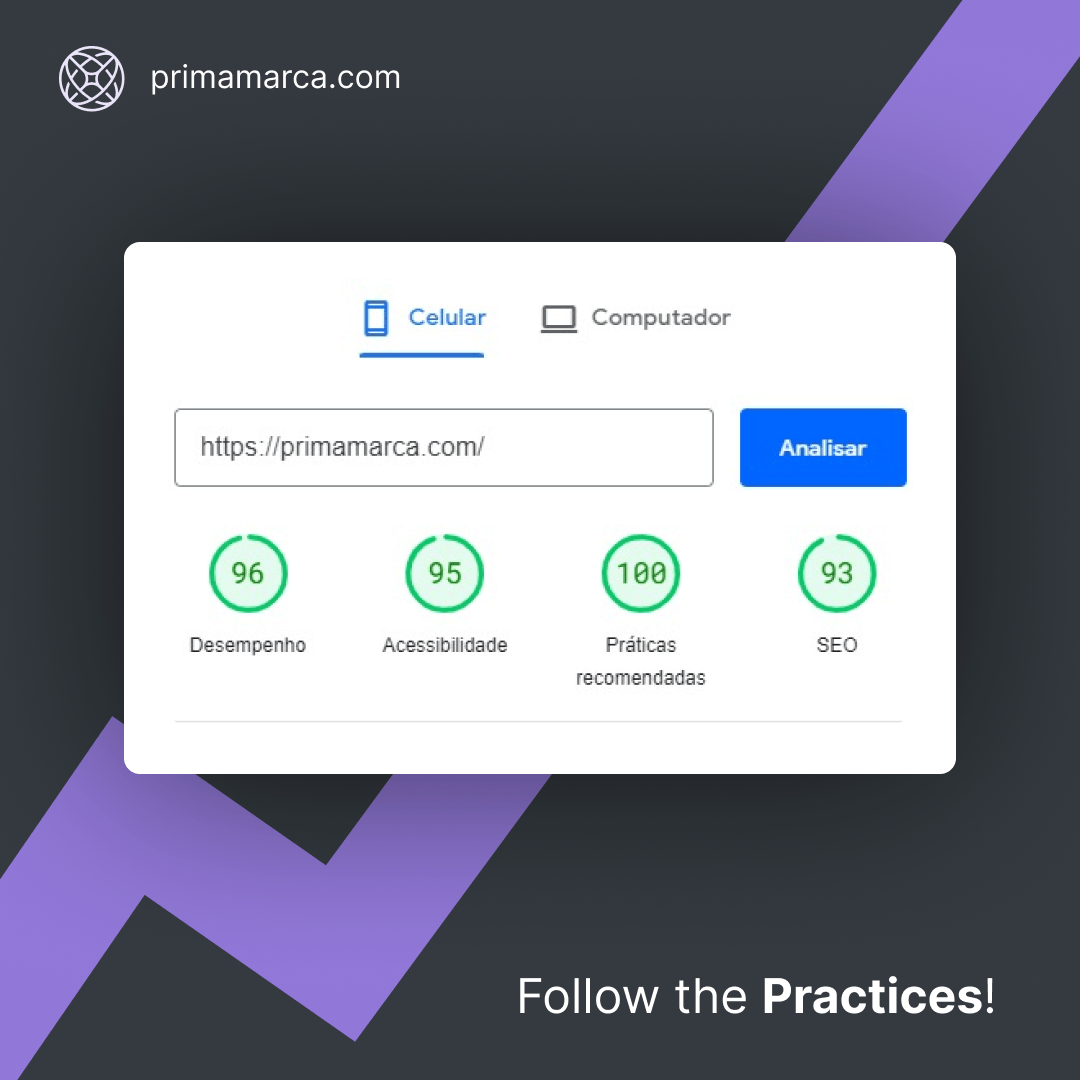In the vast expanse of the digital world, positioning your business at the forefront is crucial. The ability to appear in the top search results and deliver an outstanding user experience can make all the difference. In this post, we’ll be exploring some of the best practices to help you achieve a competitive edge.
Best Practices for Optimal Search

Understanding Search Engine Results
The primary goal of search engines, like Google, is to deliver the most relevant and high-quality results to their users. To achieve this, they utilise complex algorithms which consider a multitude of factors. Two of these are the relevancy of your website content and the quality of the user experience you provide.
SEO Best Practices
- Relevant and Quality Content: Content is king in SEO. Ensure your website content is well-written, valuable, and includes SEO keywords like ‘digital marketing’, ‘web development’, and ‘digital scaling’.
- Regular Updates: Search engines favour regularly updated websites. Frequent additions of blog posts or content updates signal that your site is current and active.
- Responsive Design: With the rise of mobile users, ensuring your website is responsive and functional on all devices is vital.
- Meta Descriptions and Title Tags: Use these effectively to summarise the content of your pages. They not only help search engines understand your content but also attract users when your page appears in search results.
Improving User Experience (UX)
Delivering a smooth UX is equally important. It not only boosts your SEO but also impacts your audience’s perception of your brand.
- Page Load Speed: A slow-loading website can deter visitors. Use tools like Google’s PageSpeed Insights to understand how you can improve your site’s loading speed. Click Here to test your page!
- Navigation: Make sure your website is easy to navigate. A clear, intuitive layout helps users find what they need quickly.
- Design: An aesthetically pleasing design can captivate users. But remember, functional simplicity should be at the heart of your design strategy.
- UI Design: Good UI design means a cohesive style, with consistent typography, colours, and imagery that reflect your brand’s personality.
Mastering both SEO and UX requires a balanced approach. By adopting these best practices, you can position your business for success in the digital landscape, leading to increased visibility and better user engagement.



